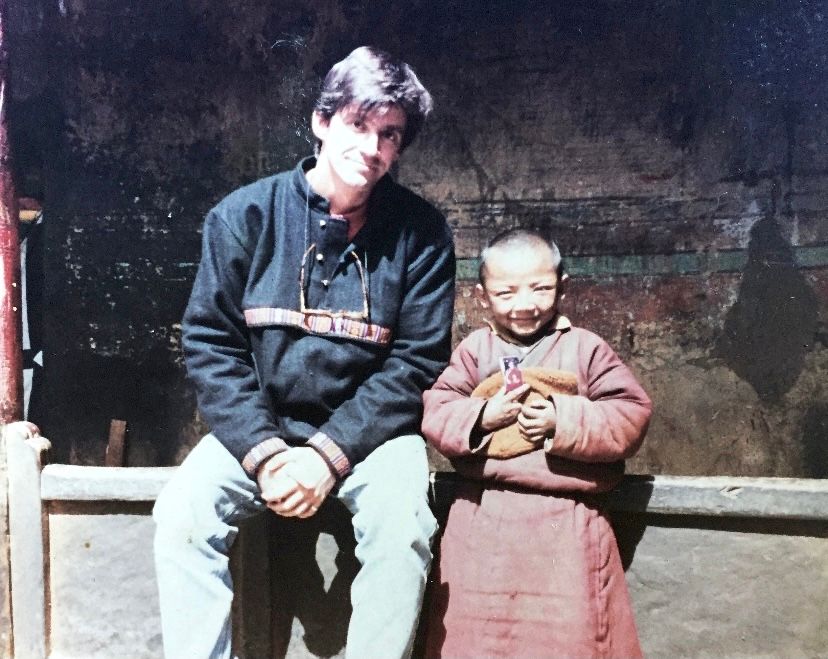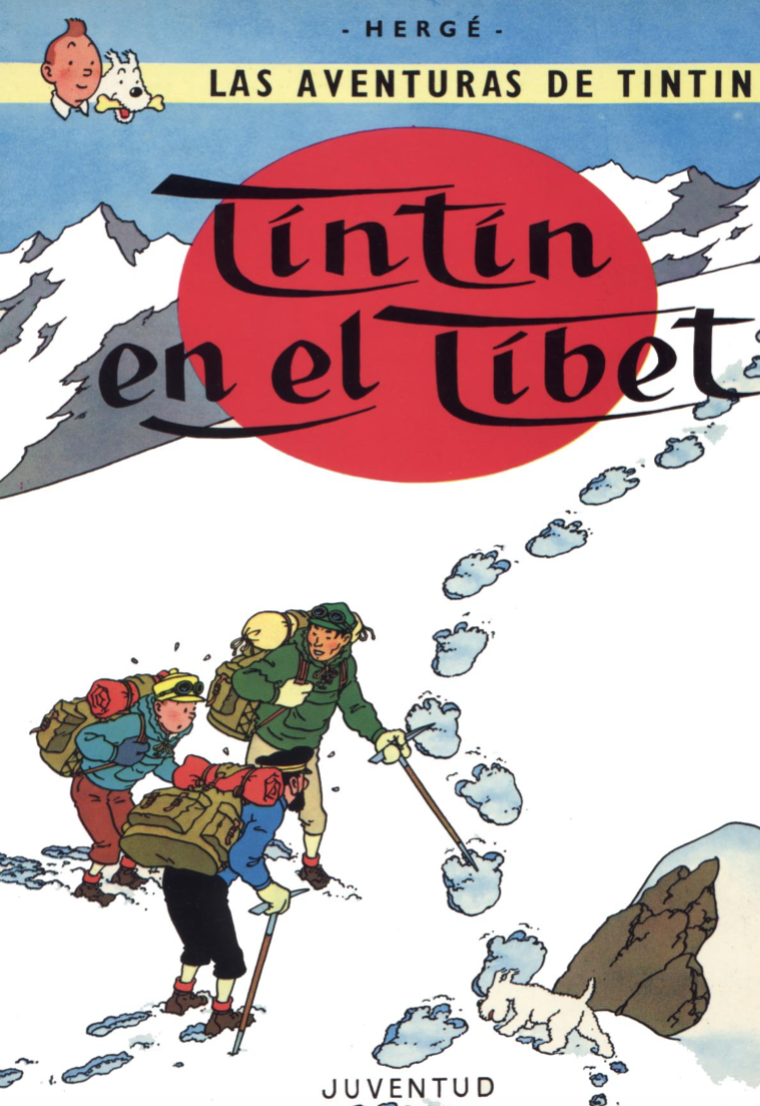Tibet
The roof of the world. The inaccessible and mysterious heart, far off in the middle of nowhere. Surrounded by the tallest mountains and the lowest temperatures. A mythical city with golden temples like tongues of fire and a palace with a thousand rooms hanging from the clouds. Monks move across realities and fly over frozen steppes. And the most endearing and lonely monster of all, the Yeti, the abominable snowperson, who howls in the storm, always willing to rescue lost mountaineers.
(Castellano aquí)
Buenos Aires. The corner of Córdoba Av. and Paraná Street, two rooms at the rear of the building. Mom and dad, brothers. A hamster. Altar boy at the San José parish, the bullying begins. I first got news of Tibet in a clandestine fashion: a copy of Tintin in Tibet, a present I got for my first communion which managed to escape paternal censorship – magazines were forbidden, and so where any cartoons which might take me away from the reproductive paths the system has to offer.
Chinese embassy in Buenos Aires, fifteen years later. My travel permit to Tibet has just been rejected. My mother awaits me in the front yard, sitting by a fountain with fish of all colors. She has been crying. A rare condensation of the irreversible loss of the life she had cultivated for me with great sacrifice, and perhaps some excitement in front of unthinkable possibilities. “Don’t worry, I’ll manage to get into Tibet anyway”, I assured her, too busy with my own flight plan to register how she might feel. She didn’t even know how to sew a button, yet she knitted a sweater for my trip. She used the wrong knitting needles and the fabric ended up being too tight. The sweater weighed a ton. Or, perhaps, it wasn’t a mistake: she had knitted an armor for me, to protect me to the end of the world.
Thanks to Tintin I learned that, for life to be wonderful, you need: a drunken sugar daddy (Captain Haddock), to live in a castle (Moulinsart), to have friends who enjoy opera (Castafiore), a pet you can trust (Snowy), and, above anything else, that friends are more important than romantic bonds or even blood (Tchang). It wasn’t by chance that one tipsy night in Kathmandu I run into an outlaw who promised to get the paperwork needed to tramp over to Tibet, just across the valley. He asked me to hand over my passport and some money. Against what prudence demanded, I agreed. That’s how the walks of life and the wanderings of good karma led me to the beginning of this video, just about to fly over the Everest and land in Lhasa, the mythical capital of Tibet.
I made this journey with my friend Alejandro, who recorded the adventure in VHS. After almost 30 years, he digitalized, and thus saved, the video. Originally lasting one hour, this 9-minute edit is divided in three parts: first, the flight over the world’s tallest mountains, the streets and people of Lhasa and the view of Potala Palace, perhaps the most magnificent building in the planet, built to look like a cloud floating over the Himalayas.
Then comes a relic of Tibetan Buddhism we came across by chance: we arrived at the remote village of Sakya right in the moment when the whole town marched to the grotto where a monk lived a life of fasting and meditation, in order to bring him back to the village and listen to his teachings. It was a monumental show of artifacts, dresses and centenary rituals, which probably don’t exist anymore thanks to the Chinese government’s pressure on religion in the territories they occupy.
The last part is about Everest and the hard road that goes down to the valley which separates Tibet from Nepal. We did the final stretch on foot. As the years passed, other mothers and teachers have filled me with amulets, tattoos and good omens. New dreams have brought about new travels, but in a way, I still walk that valley every day.


